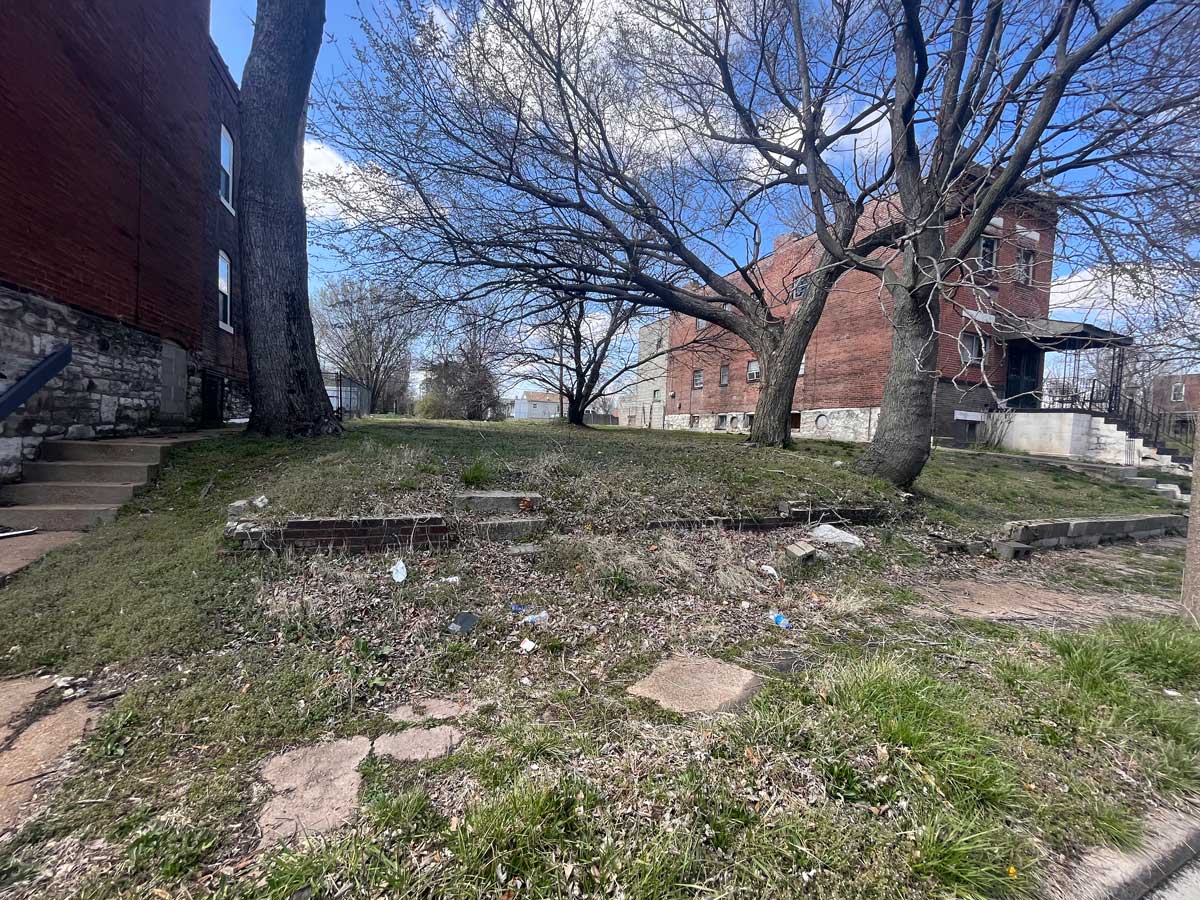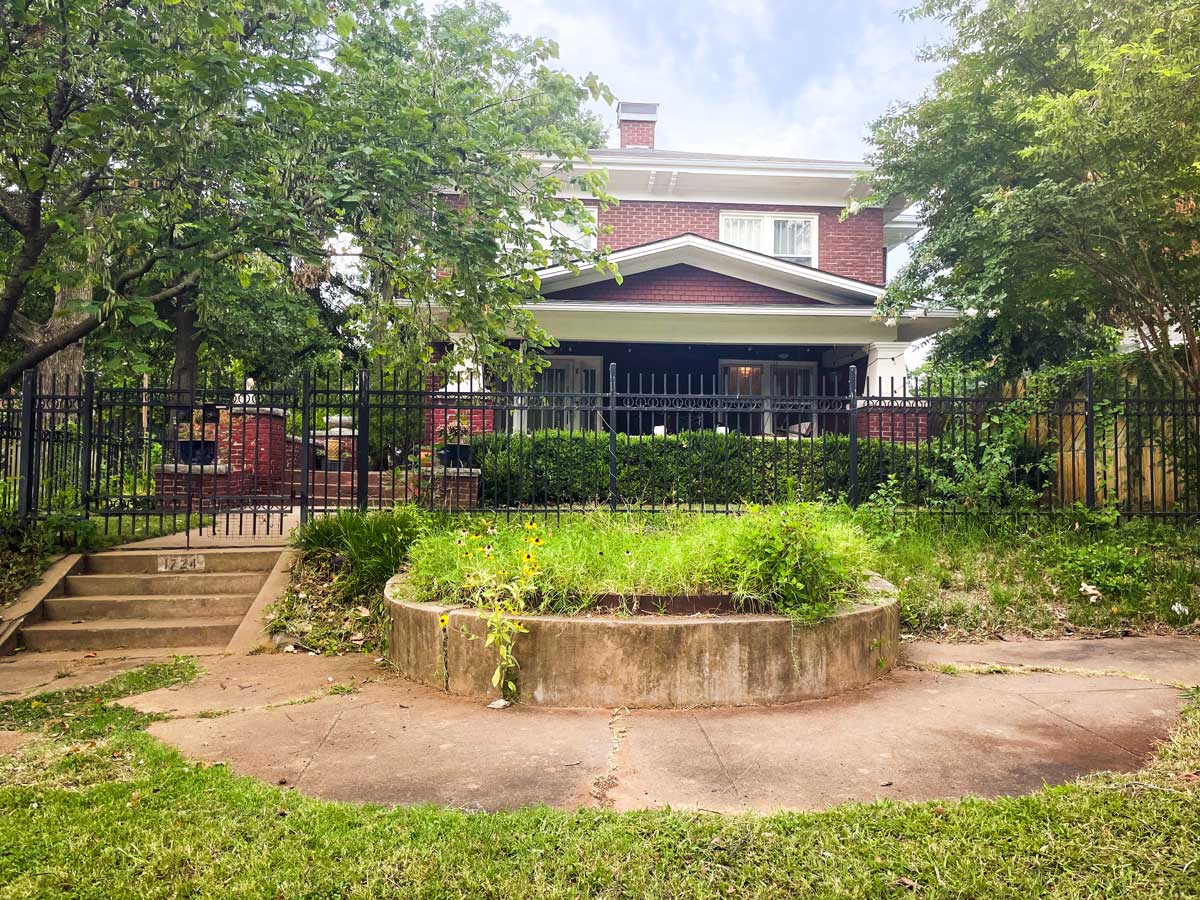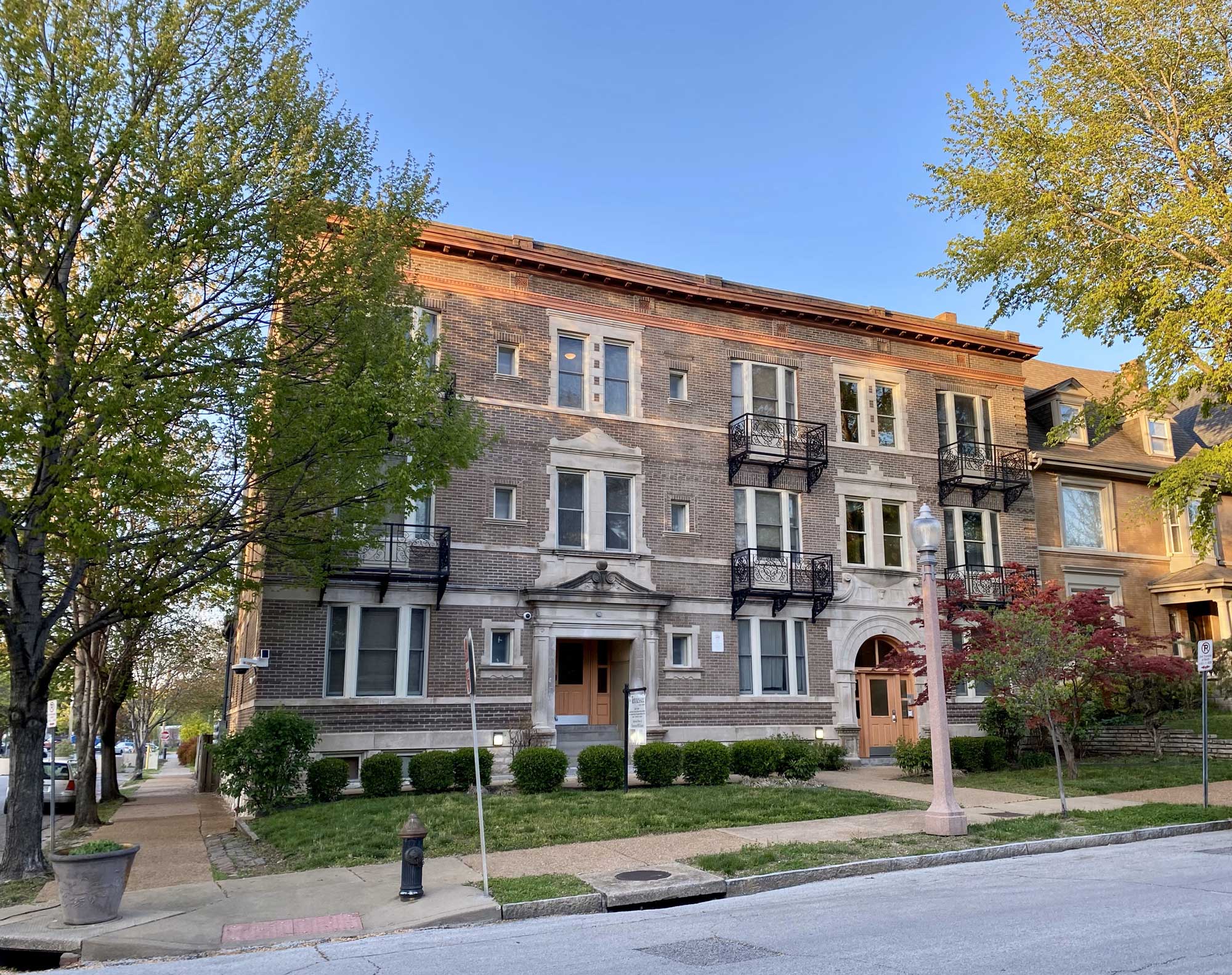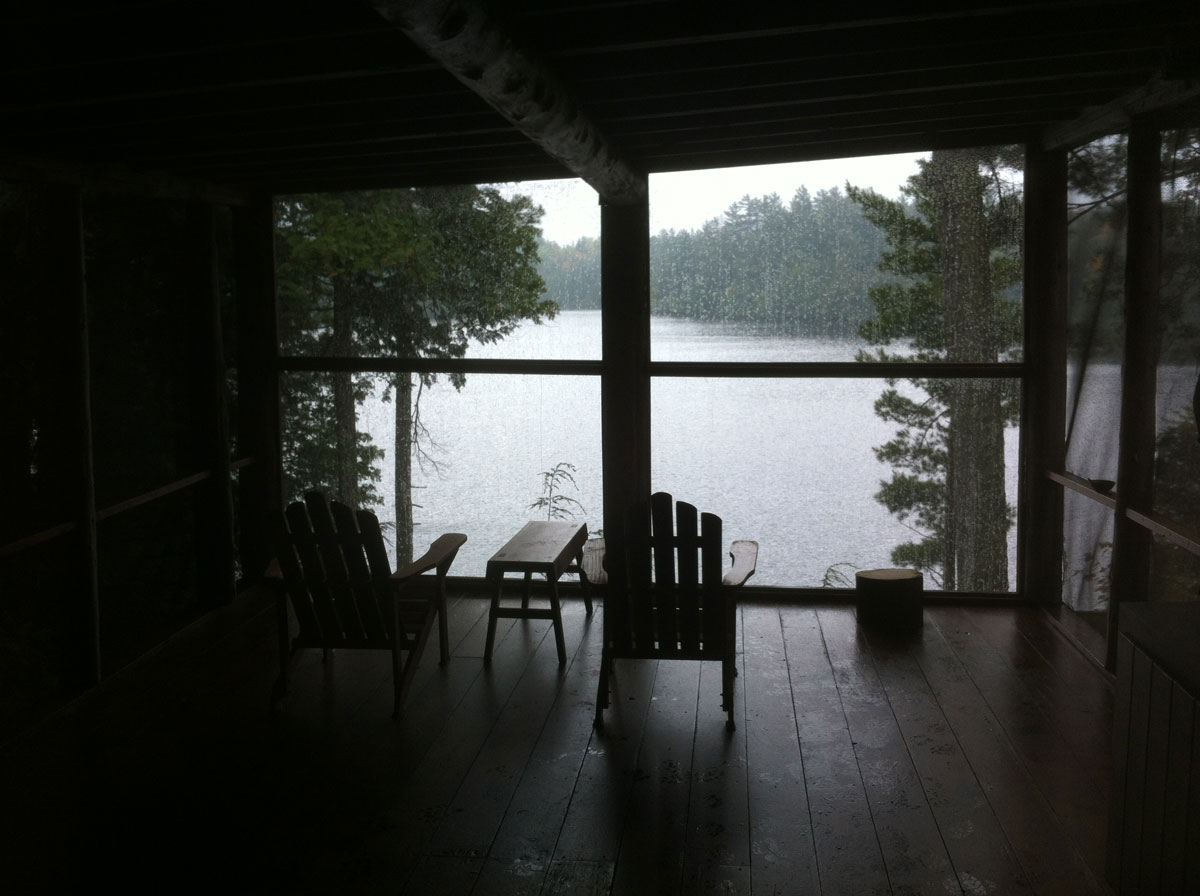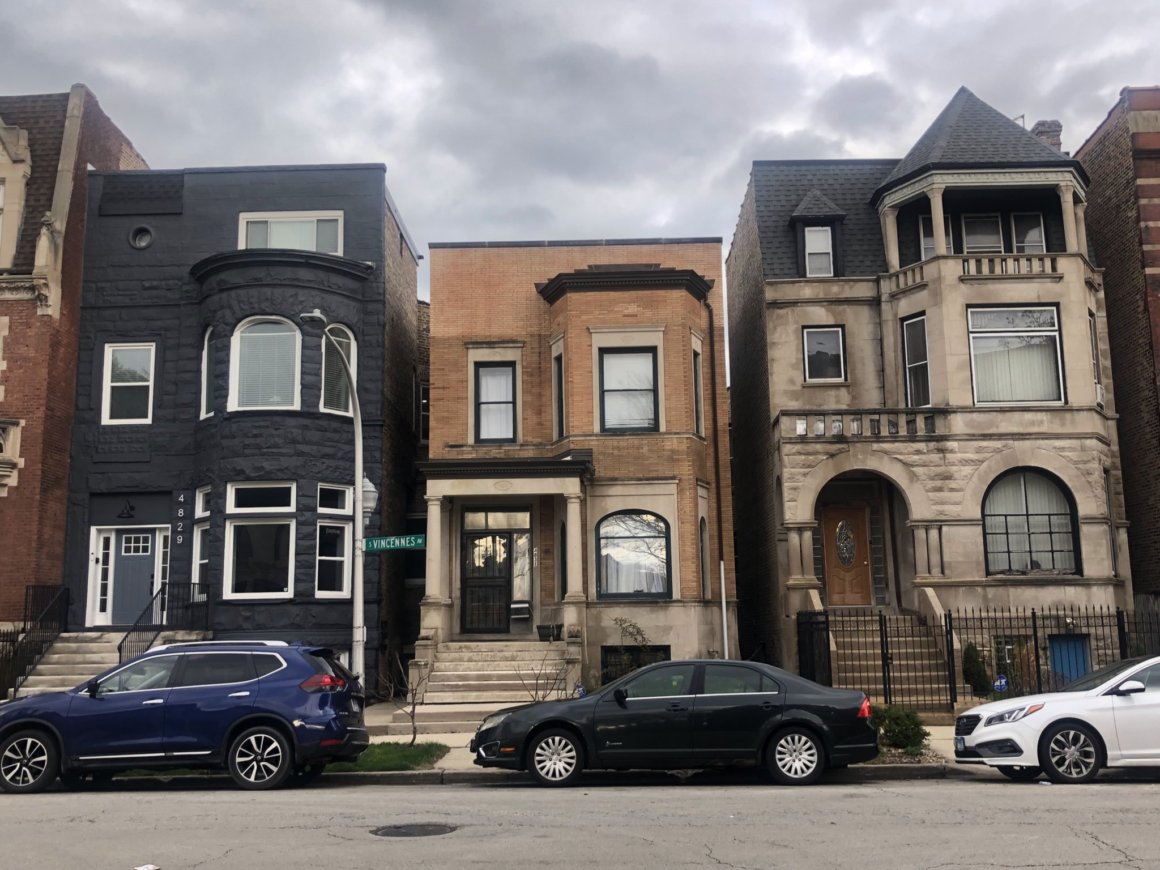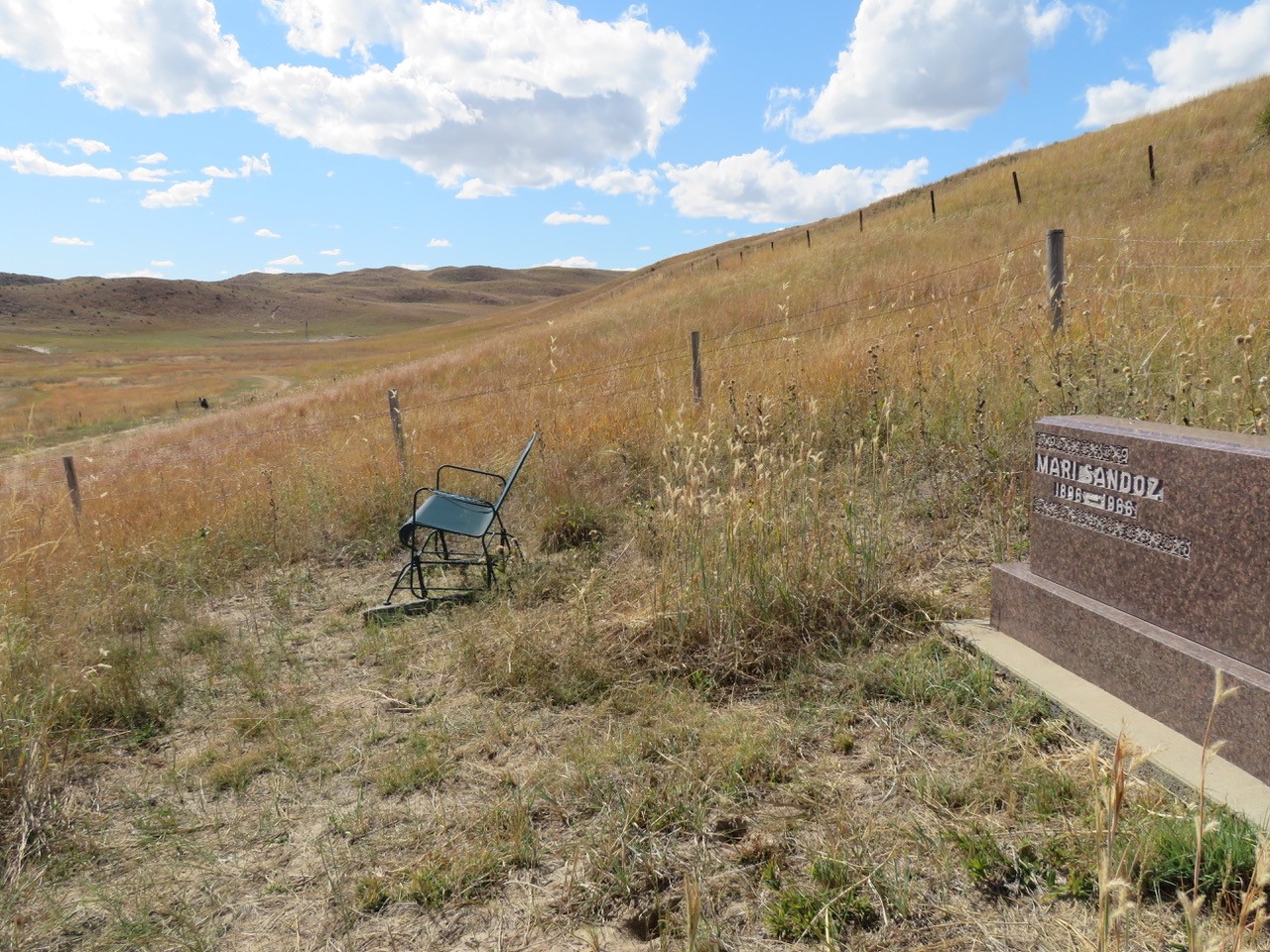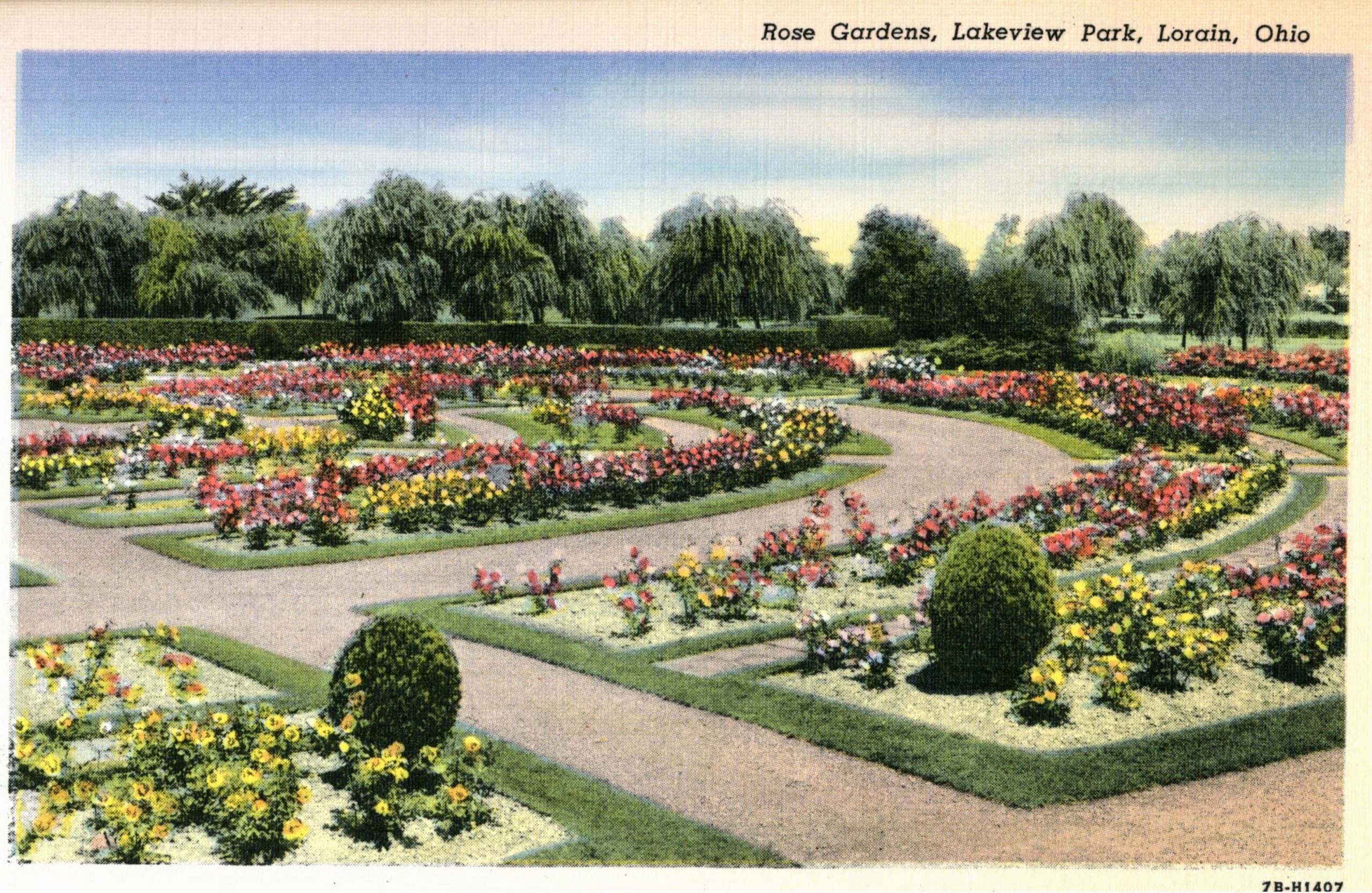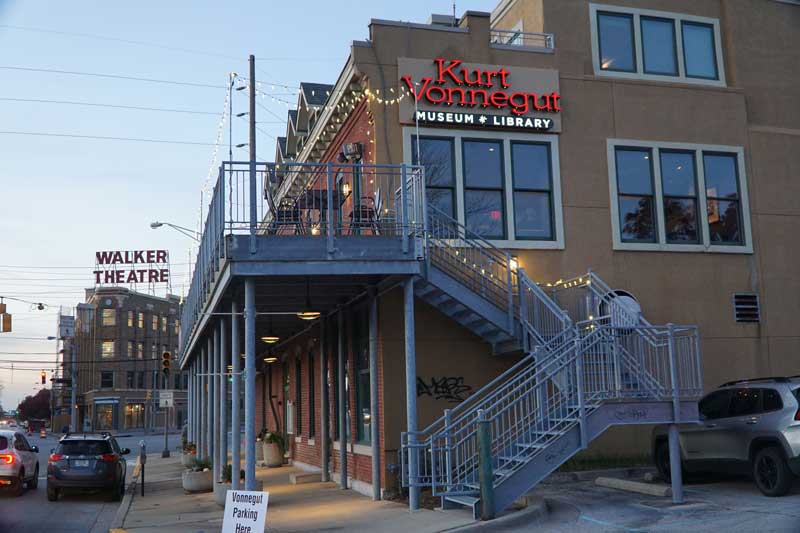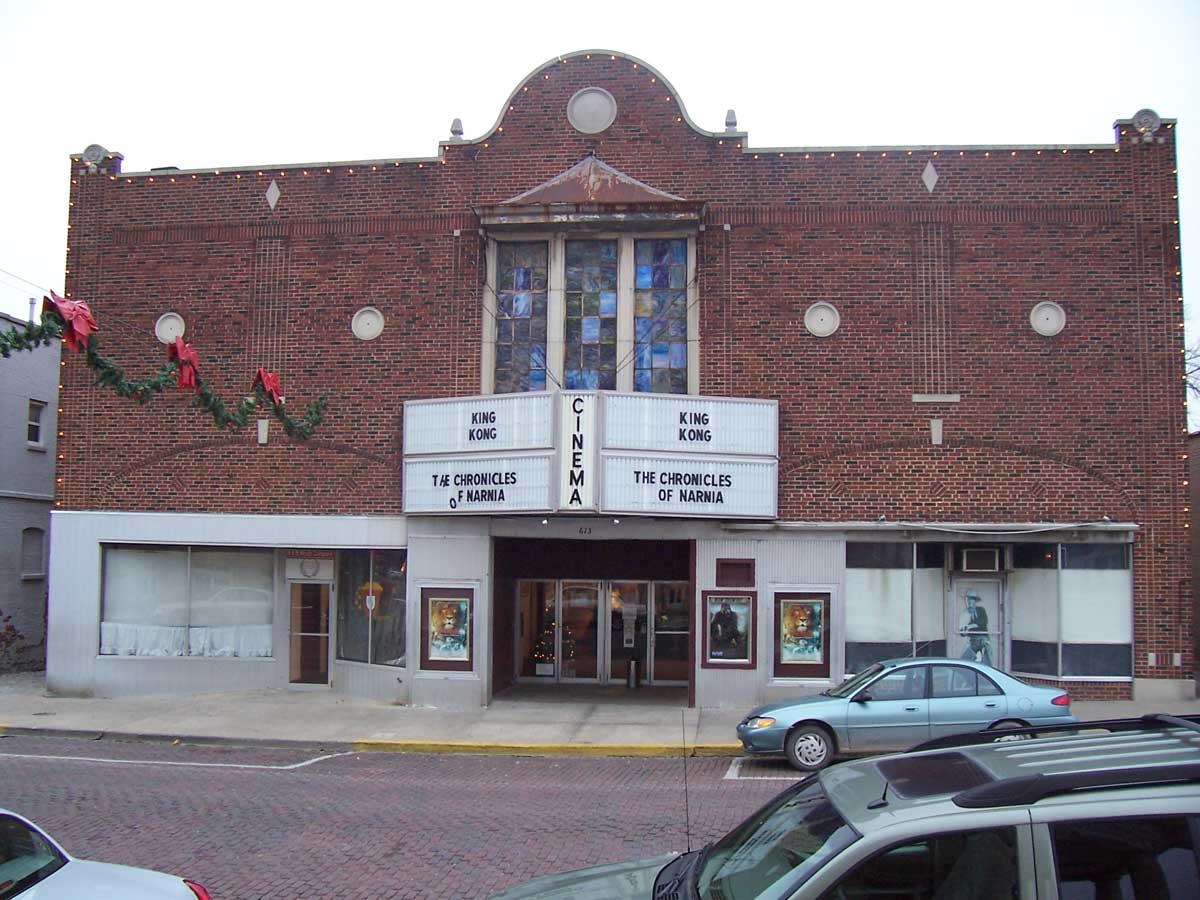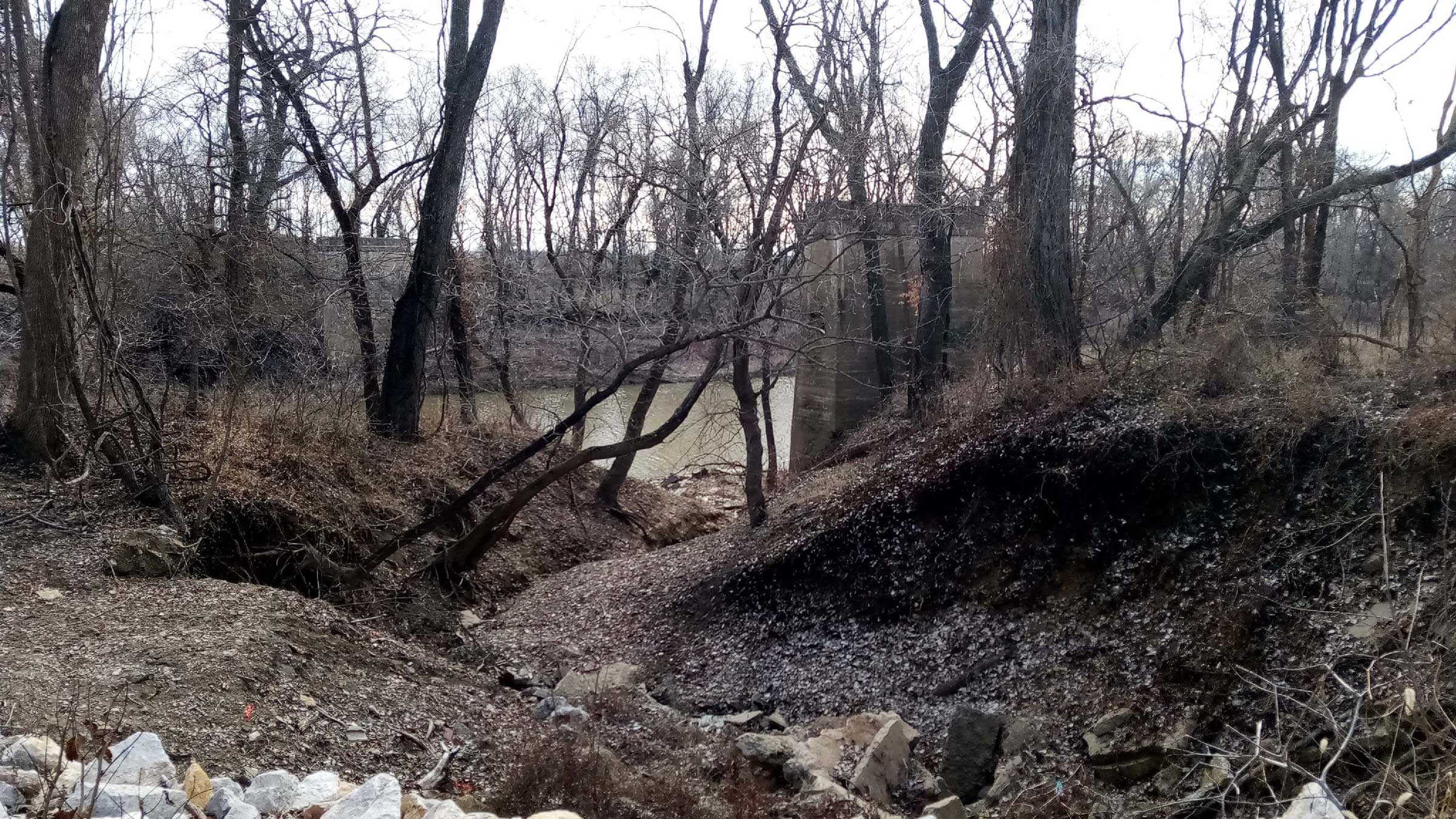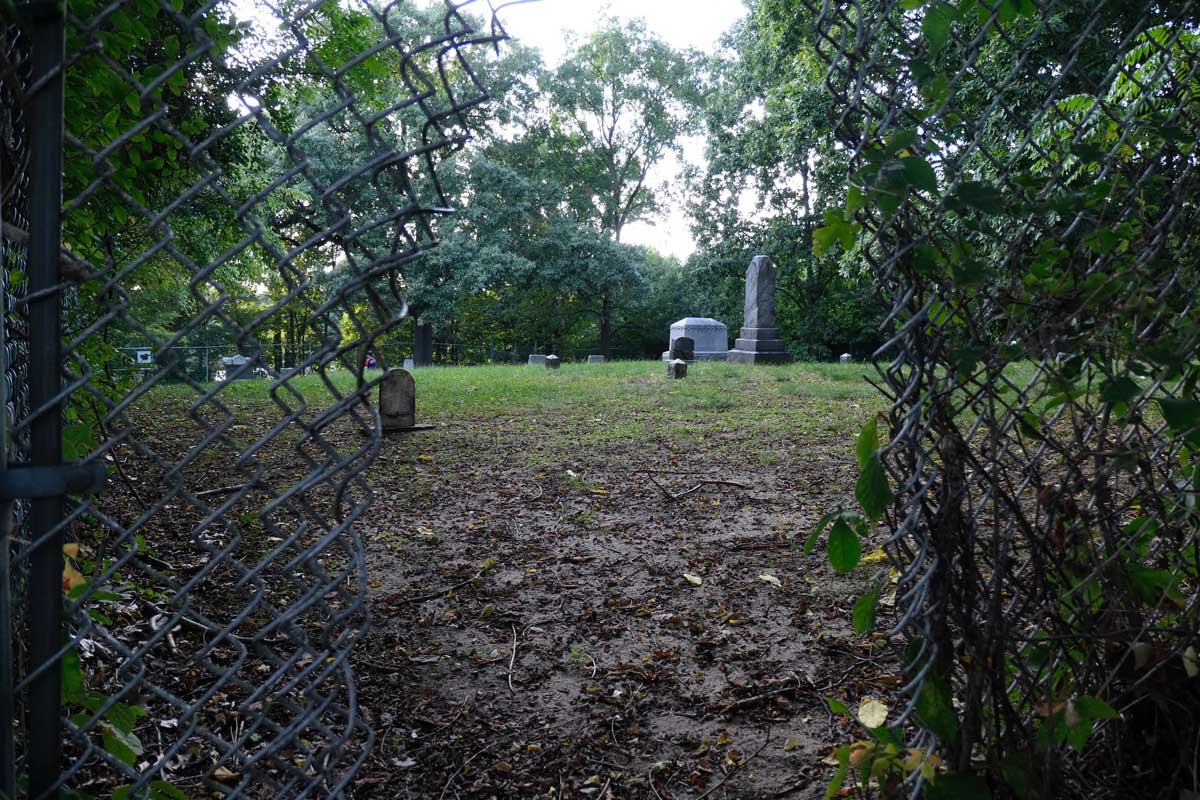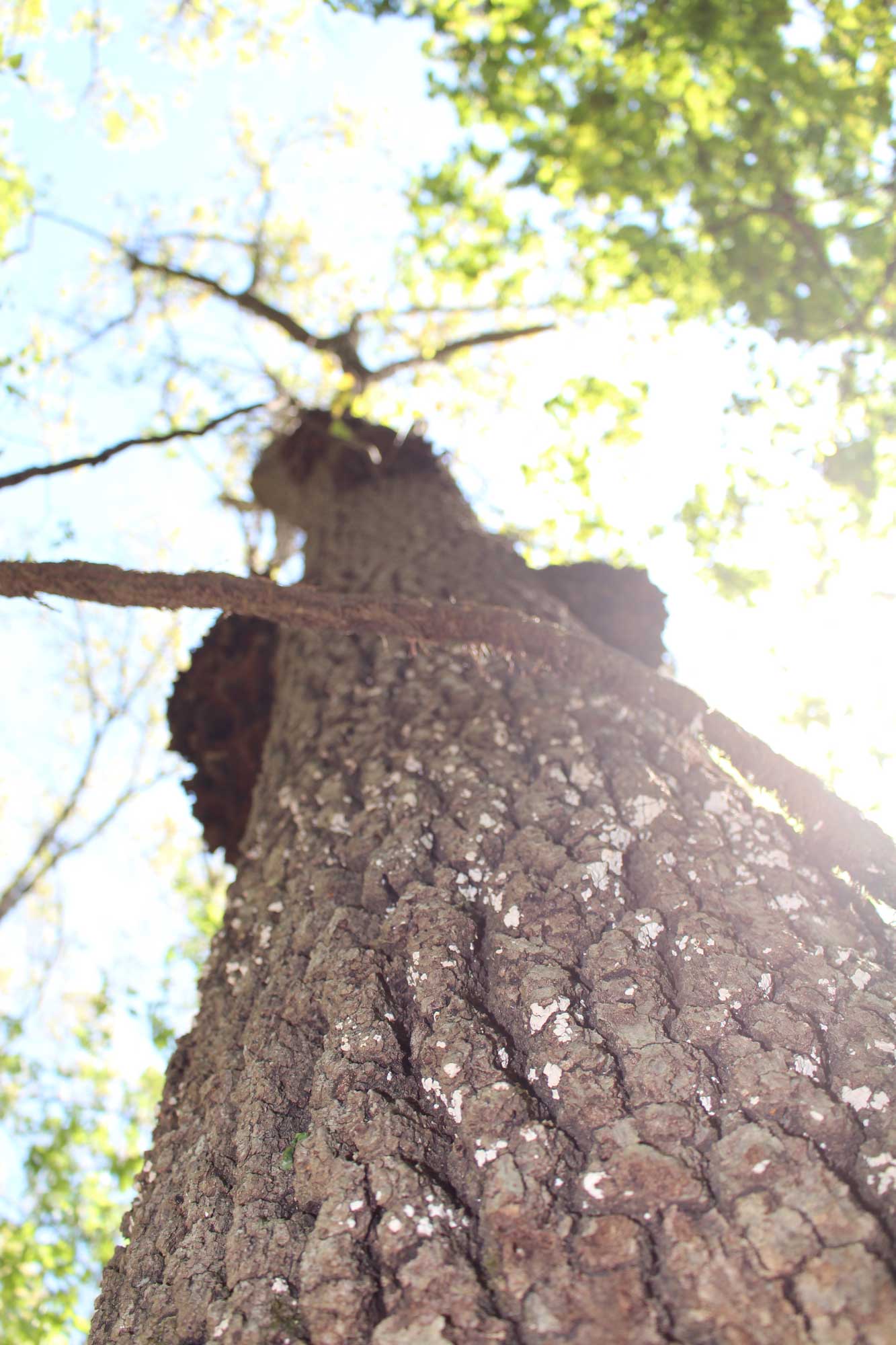Bonnie Jo Campbell
H House
Comstock, Michigan
By Lisa DuRose
The Kalamazoo River flows right through the center of Comstock, Michigan, behind the library and township hall and the 24-hour gas station. Past Merrill Park where people feed bread to ducks. It floods every spring, drowning the playground equipment. Comstock was never on my “must see” list, but Bonnie Jo Campbell convinced me otherwise.
As Bonnie and I trudged through the late spring mud, twisting through tall oaks and cherry trees, we arrived at the site of Bonnie’s childhood home, where her mother, Susanna Campbell, greeted us. Built in the shape of an H (to represent the first letter of Bonnie’s maternal grandfather’s last name, Herlihy), the house appeared like a spacious cabin, set in the deep woods. Once inside, we sat on an enormous worn couch, an occasional leaf poking out behind cushions, the artificial boundary between the outside and inside blurring in the springtime afternoon sun. The high ceilings and huge wooden beams accented the 4-by-10 picture windows, one of which overlooked a creek. Susanna entertained us with stories about her house (the expansive ranch-style cottage was built by her father in 1947), her animals (milk cows, horses, donkeys, pigs, goats, and chickens), and raising her five kids as a single mother. Stacks of magazines, books, and newspapers occupied a large portion of the room, which was warmed by tongue-and-groove wood paneling, a limestone brick chimney, and a wood-burning stove. Susanna seemed to know everyone in Comstock — store owners, local contractors, township officials, the postmaster — her connections stretching as far as the creek beside her house.
While the rural aspects of Comstock felt unfamiliar to me, having grown up in a working-class urban neighborhood in Saint Paul, Susanna’s stories rang true. That walking tour and Bonnie’s deep connections to the place evoked a sense of home in me during a time of pervasive homesickness. I was attending graduate school at Western Michigan University in Kalamazoo, just a few miles west of Comstock, and, when I arrived in August 1993, I couldn’t have been more disappointed. Everything felt lackluster and limited — the restaurant choices, the bookstores, the queer community. I was a 22-year-old snob from the Twin Cities who disguised my homesickness in the veil of cultural arrogance. And so, it was easy for me to dismiss the appeal of a place like Comstock. I suppose I just needed the right tour guide.
One day in 1995, in the hallway outside my office, Bonnie appeared — a six-foot tower of cheerfulness and good humor. She struck a deep contrast to the rest of our graduate student flock, panicking over workshops and papers and commiserating about difficult students. Bonnie had just abandoned her sensible plan to complete a Ph.D. in mathematics and — with the encouragement of her mathematics professor — decided to pursue her life-long passion to write. She had already shed her doubt and misery, crying over mathematical proofs. Now here she was, confidently landing back on the familiar soil of southwest Michigan. Bonnie would spend the next three years in Western’s MFA program, transforming family stories, town legends, and her razor-sharp observations on Comstock into her first major publication: Women and Other Animals (1999), a collection praised by Publishers Weekly, for its portrayal of “misfits in middle America’s economic and social fringe with subtle irony, rich imagery and loving familiarity, describing domestic worlds where Martha Stewart would fear to tread.”
Getting a glimpse into Comstock — its modest, sometimes dilapidated homes, occasional dirt roads, ponds, woodlands, and railroad tracks — and meeting the formidable Susanna, any observer could see that the spark and material for Bonnie’s writing lay right in front of her, ready for her to harness. A passage from her 2011 novel Once Upon a River demonstrates how carefully she depicts the impact of local industry upon the rural beauty of southwest Michigan: “They all fished the snags at the edge of the river for bluegills, sunfish and rock bass, though they avoided the area just downstream of the Murray Metal Fabricating plant, where a drainpipe released a mixture of wastewater, machine oil, and solvents into the river — some of the fish there had strange tumors, bubbled flesh around their lips, a fraying at their gills. On certain windy days, the clay-colored smoke from the shop wafted along the river, reached them on their screen porches, and even when they closed their windows, the smoke entered their houses through the floorboards and the gaps around their doors.”
Decades since her first publication, Bonnie has remained steadfast in her devotion to write accurately and lovingly about places like Comstock and the people who occupy these rural spaces. Her novels and short story collections, including the National Book Award finalist American Salvage (2009), are inspired by Comstock’s landscape and industry. And nearly every character she has crafted, including those from her forthcoming novel The Waters (W.W.Norton, October 2023), emerges from a rural Michigan terrain.
On a recent trip to Comstock, I would have astonished my 22-year-old self: nostalgia washed over me. I arrived in late spring, into the lush green Michigan landscape, lodging at the Campbell homestead, guarded by donkeys Jack and Don Quixote. The presence of Susanna Campbell, who died of cancer in September 2020, still presides. H House, as Bonnie now calls it, has undergone some major cleaning and restoration. She hopes to transform the house, and its eight-acre lot, into a retreat for writers, musicians, and artists. A few yards from the house, just under a patch of pawpaw trees, Bonnie has set two memorial stones, one for Susanna and one for Susanna’s sister Joanna, who died in 2019. “She loved & was loved & she read a lot of books” is inscribed on Susanna’s stone — so fitting for a mother who inspired a writer who sings the songs of Comstock and its people.
Lisa DuRose is the co-editor of Michigan Salvage: The Fiction of Bonnie Jo Campbell (MSU Press, 2023) and a faculty member at Inver Hills Community College where she teaches in the English department. Despite earnest efforts to become a New Yorker in her twenties, she resides in Saint Paul, just two miles from where she was born. She now visits Comstock annually and is writing a biography of Campbell.
Photo by Christopher Magson, a Boston native who moved to Michigan for the parking and wildlife and stayed for his wife, Bonnie.






